Notice
1. Historical Introduction to the Web Architecture
- document 1 document 2 document 3
- niveau 1 niveau 2 niveau 3
Descriptif
Going back in history, back in 1945, Vannevar Bush wrote an article entitled "As we may think". In this article, he identified the problem we have in managing large collections of documents we have to read, and in managing the links we make between these documents. He proposed to consider that problem as a scientific problem. And he also proposed a device called the Memex, for memory extension, that would allow us to do external management of links and to assist us in recalling the documents and the links we made ...
Intervention
Thème
Documentation
Documents pédagogiques
REFERENCES
- - Article "As We May Think", Vannevar Bush, The Atlantic, July 1945
- - Article "Complex information processing: a file structure for the complex, the changing and the indeterminate", T. H. Nelson, ACM '65 Proceedings of the 1965 20th national conference
- - Report "Information Management: A Proposal", Tim Berners-Lee, CERN March 1989, May 1990 (HTML)
- - "Uniform Resource Locators (URL), RFC Request for Comments 1738", T. Berners-Lee L. Masinter, M. McCahill, IETF, 1994
- - URL Document at W3C
- - "The Original HTTP as defined in 1991", T. Berners-Lee
- - "Hypertext Transfer Protocol -- HTTP/1.0, RFC Request for Comments 1945", T. Berners-Lee, R. Fielding, H. Frystyk, IETF, 1996
- - HTTP at W3C
- - "Hypertext Markup Language - 2.0, RFC Request for Comments 1866", T. Berners-Lee, D. Connolly, IETF, 1995
- - HTML at W3C
- - List of Standards at W3C
- - A Little History of the World Wide Web, Dan Connolly, 2000
- - How It All Started, W3C, 2004
- - Weaving the Web The original design and ultimate destiny of the World Wide Web, by its inventor Tim Berners-Lee with Mark Fischetti , 1999
Dans la même collection
-
3. From pages to resources
GANDON Fabien
FARON Catherine
CORBY Olivier
In this third part, we will see another evolution of the Web, or more precisely, an evolution of the way we use the Web. We will
-
5. Stack of Standards and Languages
GANDON Fabien
FARON Catherine
CORBY Olivier
Let us now conclude this first part with an overview of the stack of standards and languages that are used to publish data on the
-
2. Separating Presentation and Content
GANDON Fabien
FARON Catherine
CORBY Olivier
We now consider one of the first evolutions of the web, to separate the presentation and the content. In 1996, CSS, standing for
-
4. Linked Data Principles
GANDON Fabien
FARON Catherine
CORBY Olivier
In this fourth part, we're going to see the principles behind Linked Data. What we're going to do is to change slightly how we
-
Demos about a Web of Linked data
GANDON Fabien
FARON Catherine
CORBY Olivier
The BBC Web site uses linked (open) data The Wildlife documentary catalog on the Web site of BBC The Web site of BBC is structured and augmented with both internal and public linked data. In
Avec les mêmes intervenants et intervenantes
-
2. A Triple Model and a Graph Model
GANDON Fabien
FARON Catherine
CORBY Olivier
This sequence will introduce the principles of the RDF model. We will see that it is a triple model and a graph model. RDF stands for
-
4. Pre and Post Processing
GANDON Fabien
FARON Catherine
CORBY Olivier
In the fourth part, we will see the pre and post processing of a SPARQL query. An RDF dataset is composed of a default graph
-
6. LDP : a REST API to linked data
GANDON Fabien
FARON Catherine
CORBY Olivier
This part is about the Linked Data Platform standard which provides the REST API to link data. This is a set of standardized HTTP and RDF
-
4. Linked Data Principles
GANDON Fabien
FARON Catherine
CORBY Olivier
In this fourth part, we're going to see the principles behind Linked Data. What we're going to do is to change slightly how we
-
5. Representing groups
GANDON Fabien
FARON Catherine
CORBY Olivier
This sequence is about the specificities of the RDF model for representing groups. The type Bag is predefined in the RDF model to represent
-
2. GRDDL: extract RDF from X(HT)ML
GANDON Fabien
FARON Catherine
CORBY Olivier
GRDDL is a mechanism to extract RDF from XML and HTML.
-
5. Several Query Forms
GANDON Fabien
FARON Catherine
CORBY Olivier
In the fifth part, we will see several query forms. Until now, we have seen the select where SPARQL query form but there are
-
5. Stack of Standards and Languages
GANDON Fabien
FARON Catherine
CORBY Olivier
Let us now conclude this first part with an overview of the stack of standards and languages that are used to publish data on the
-
2. Statements
GANDON Fabien
FARON Catherine
CORBY Olivier
This video présents the SPARQL Statements. The first statement is the optional pattern. It enables to specify a part of a graph pattern that is
-
4. Tabular data and metadata (CSV)
GANDON Fabien
FARON Catherine
CORBY Olivier
We are going to see how we can transform tabular data and metadata into RDF. These data are extremely common; they are generated by
-
3. Serialization Syntaxes
GANDON Fabien
FARON Catherine
CORBY Olivier
We saw in the previous sequence the principles of the RDF model by using an abstract syntax. This sequence will present you the
-
6. Results and Update
GANDON Fabien
FARON Catherine
CORBY Olivier
In the last part, we will see the result format and Update query. The format of SPARQL query results are also standardized by the
Sur le même thème
-
Participation et citoyenneté en régime numérique : vers de nouvelles dynamiques de recherche ? Vidé…
BOUTé Édouard
MABI Clément
LUPOVICI Raphaël
MICHEL Louise
DILé-TOUSTOU Jules
AUBERT Romain
Mobilisées en politique depuis plusieurs décennies (Vedel, 2006), les technologies de l’information et de la communication numérique (TICN), et notamment internet et le web connaissent au tournant des
-
Participation et citoyenneté en régime numérique : vers de nouvelles dynamiques de recherche ? Vide…
BOUTé Édouard
DESPONTIN LEFèVRE Irène
MABI Clément
LUPOVICI Raphaël
MICHEL Louise
Mobilisées en politique depuis plusieurs décennies (Vedel, 2006), les technologies de l’information et de la communication numérique (TICN), et notamment internet et le web connaissent au tournant des
-
L'art contemporain en temps de confinement
GIREL Sylvia
Le 14 mars 2020 tous les lieux d’exposition sont sommés par décret de fermer leurs portes. L’art contemporain n’y échappe pas et comme la majorité des secteurs d’activités en France ce sera plusieurs
-
Controverses et médiatisation autour du halal
RIGONI Isabelle
Séance : Controverses et médiatisation " Vous avez dit halal ? " Normativités islamiques, mondialisation et sécularisation Colloque international, 7-8 novembre 2013, IISMM-EHESS, Salle Claude Lévi
-
Contourner la frontière par la toile. La fabrique d’un territoire communautaire par les nouvelles t…
MERZA Eleonore
Palestiniens et Israéliens deux décennies après Oslo : anatomie, vécus et mouvements d'une séparation Colloque du 17, 18 et 19 Février 2011, Maison méditerranéenne des sciences de l'homme, Aix-en
-
-
[COLLOQUE] Festival de l’intelligence artificielle Avignon 2021 table ronde 1
FESTIVAL de L’intelligence Artificielle le 18 et 19 Novembre 2021
-
[COLLOQUE] Festival de l’intelligence artificielle Avignon 2021 - Les assistants personnels vocaux,…
FESTIVAL de L’intelligence Artificielle le 18 et 19 Novembre 2021. Table ronde 3. Les assistants personnels vocaux, généralistes ou spécifiques ? Jusqu’où personnaliser les services ?
-
[COLLOQUE] Festival de l’intelligence artificielle Avignon 2021 introduction
FESTIVAL de L’intelligence Artificielle le 18 et 19 Novembre2021
-
-
[COLLOQUE] FrenchTech Grande Provence and LIAvignon : L’IA de demain 2em partie
L’IA doit être éthique mais peut-elle être bienveillante ?
-
[COLLOQUE] Festival de l’intelligence artificielle Avignon 2021 table ronde 2
FESTIVAL de L’intelligence Artificielle le 18 et 19 Novembre 2021






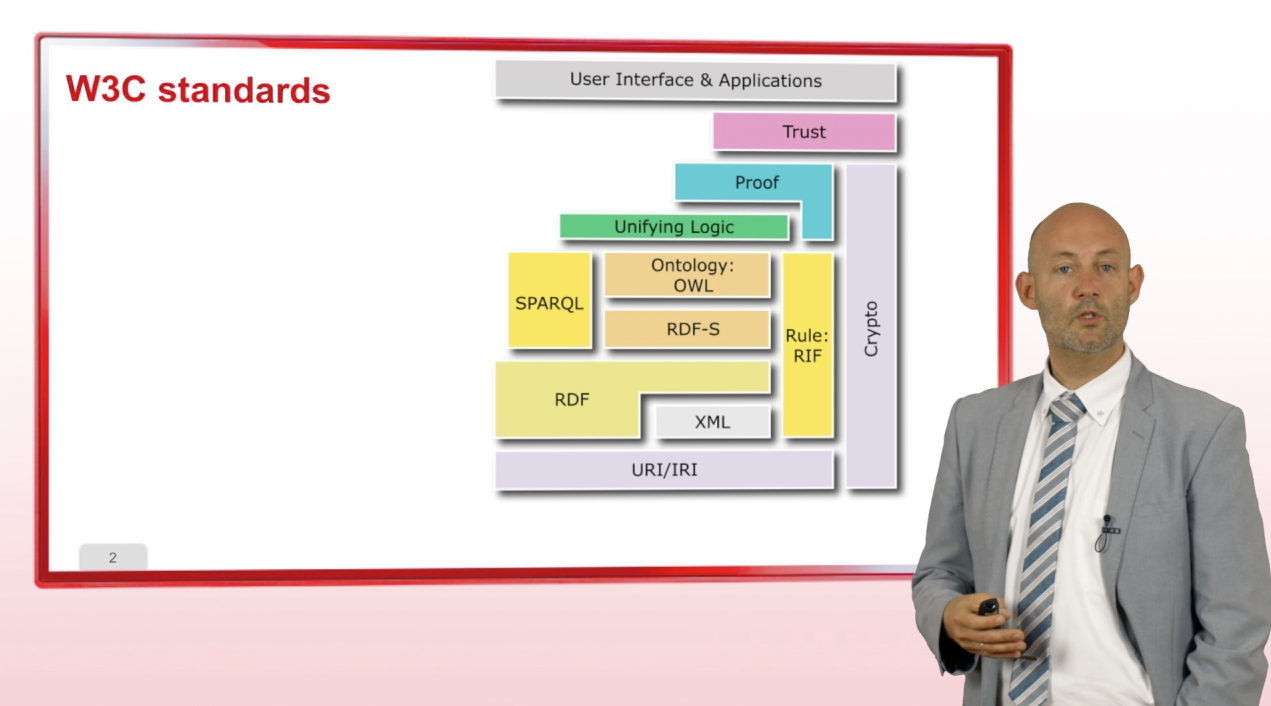
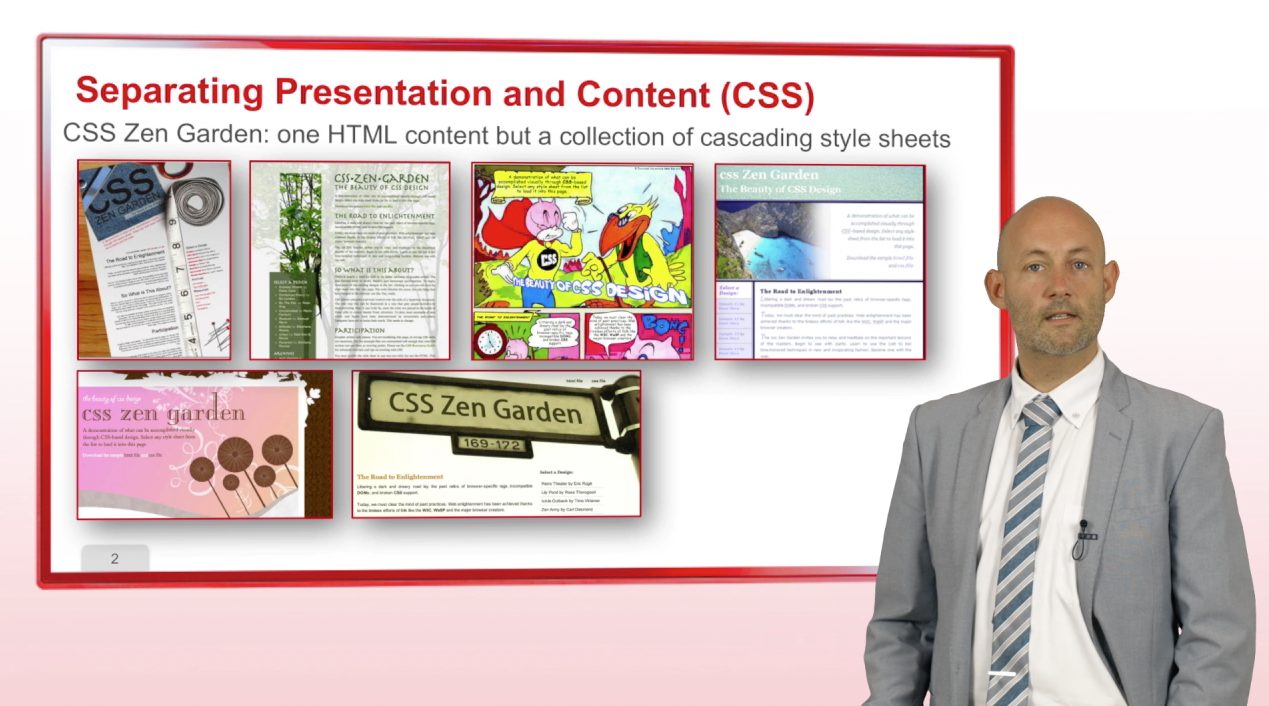
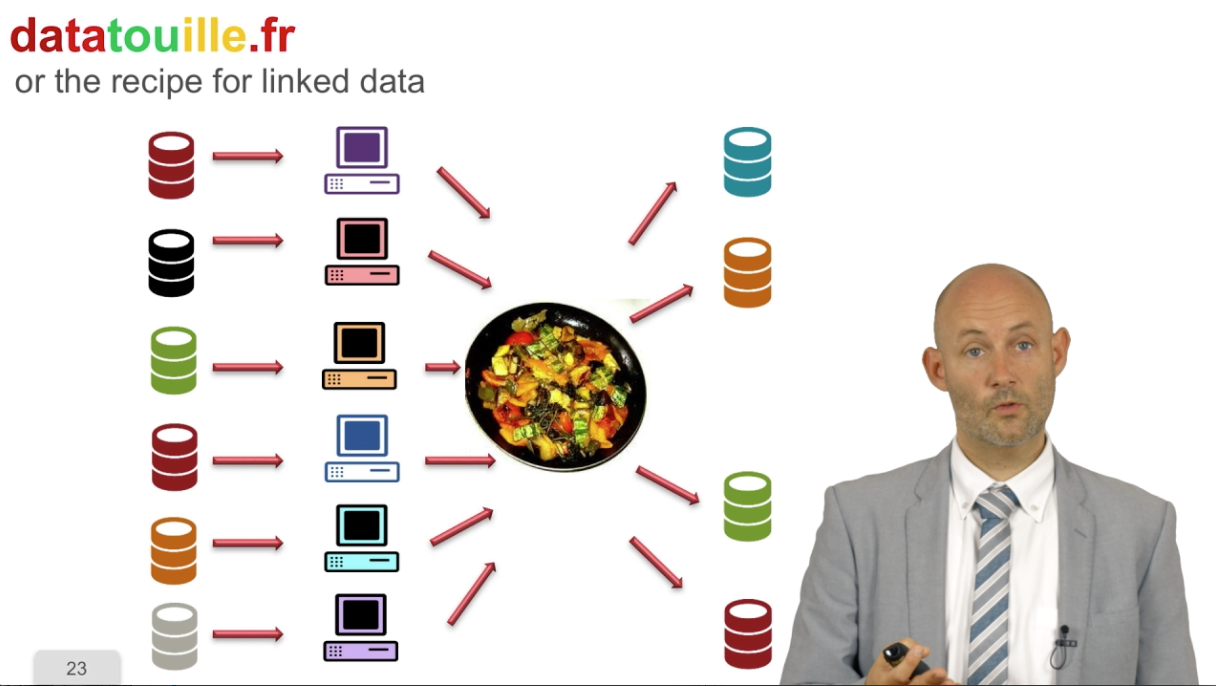
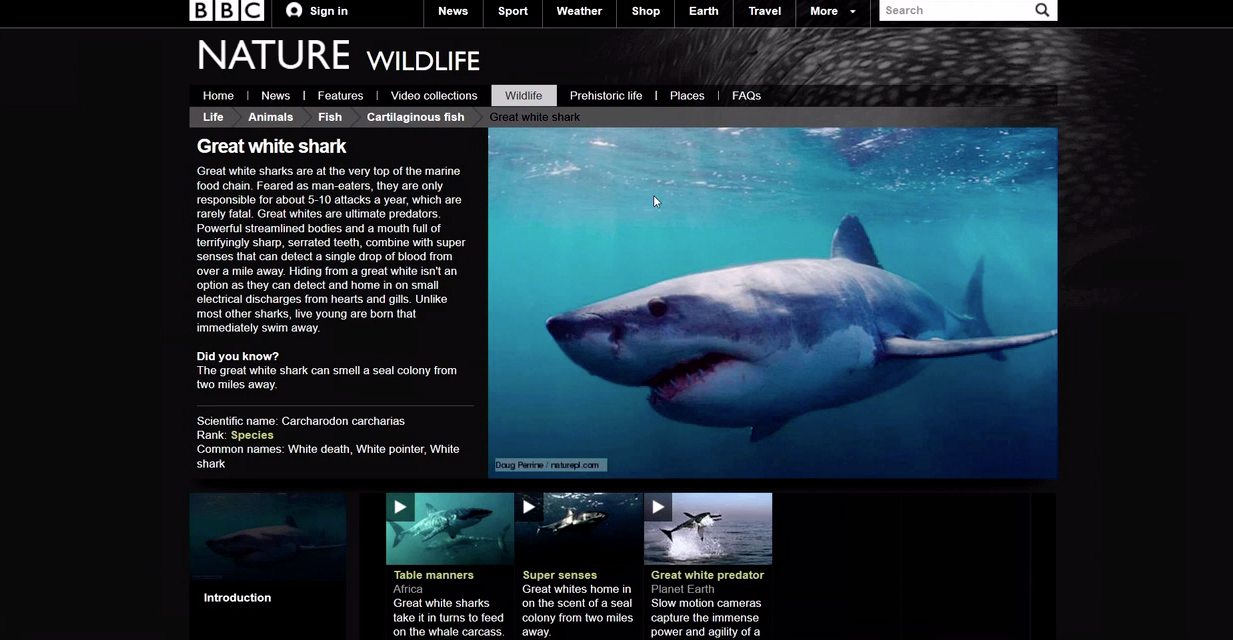


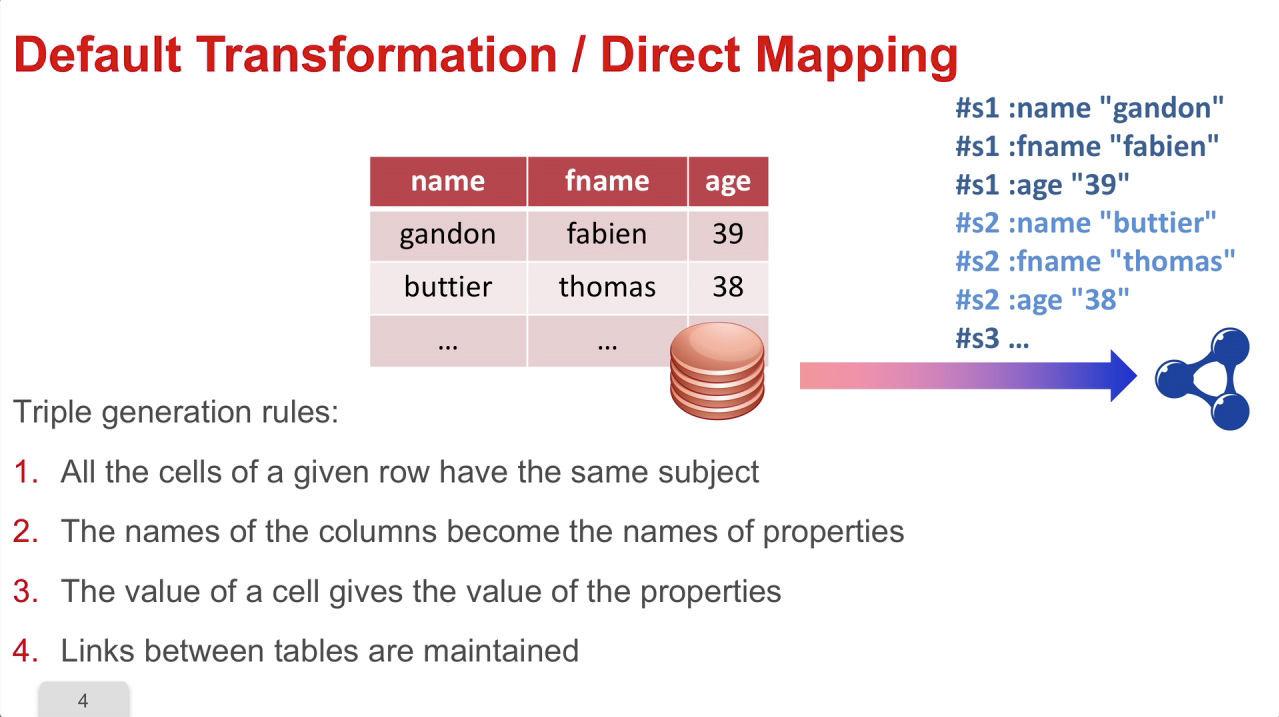

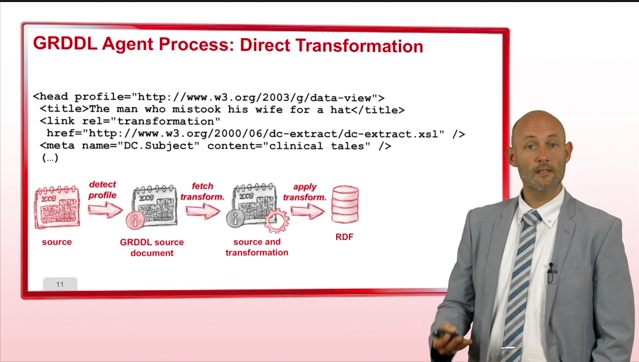
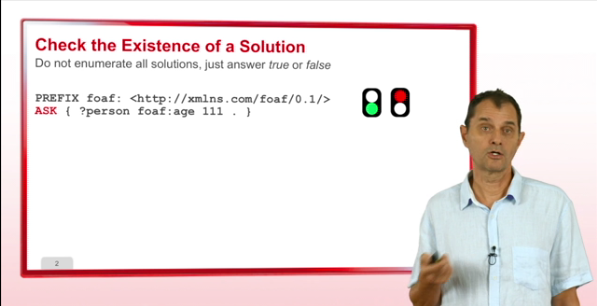




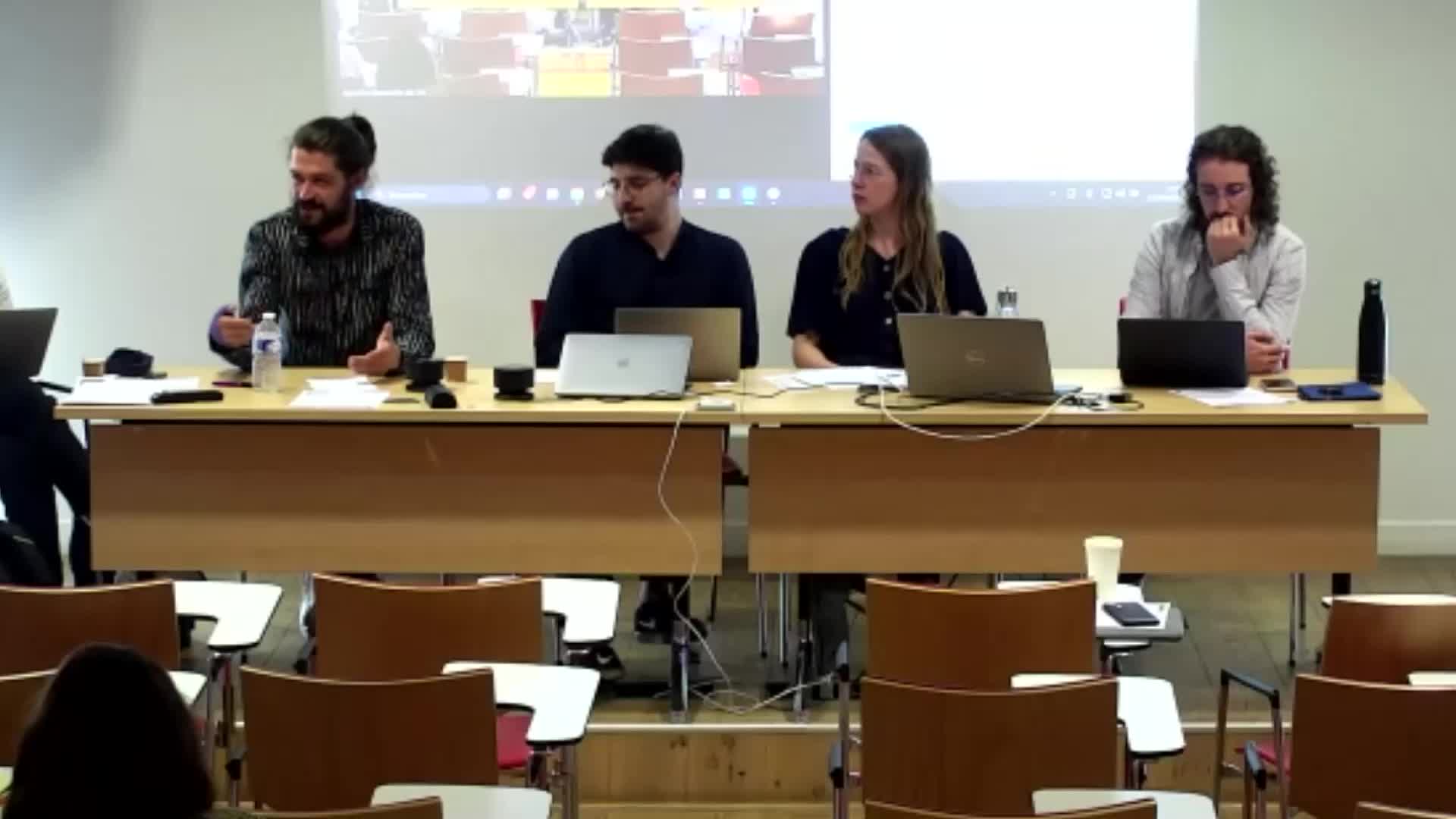
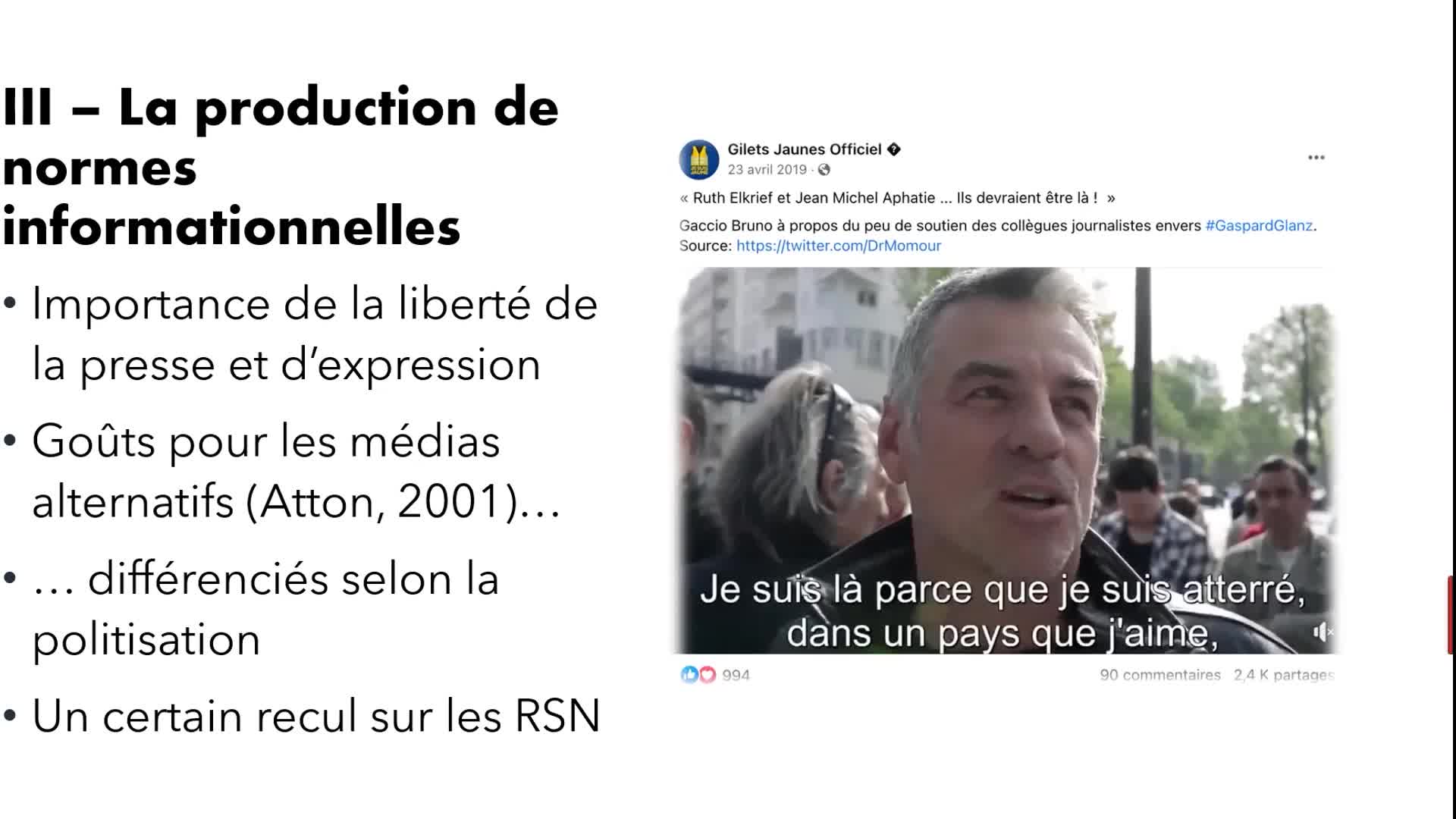
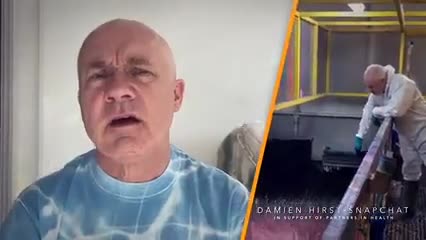

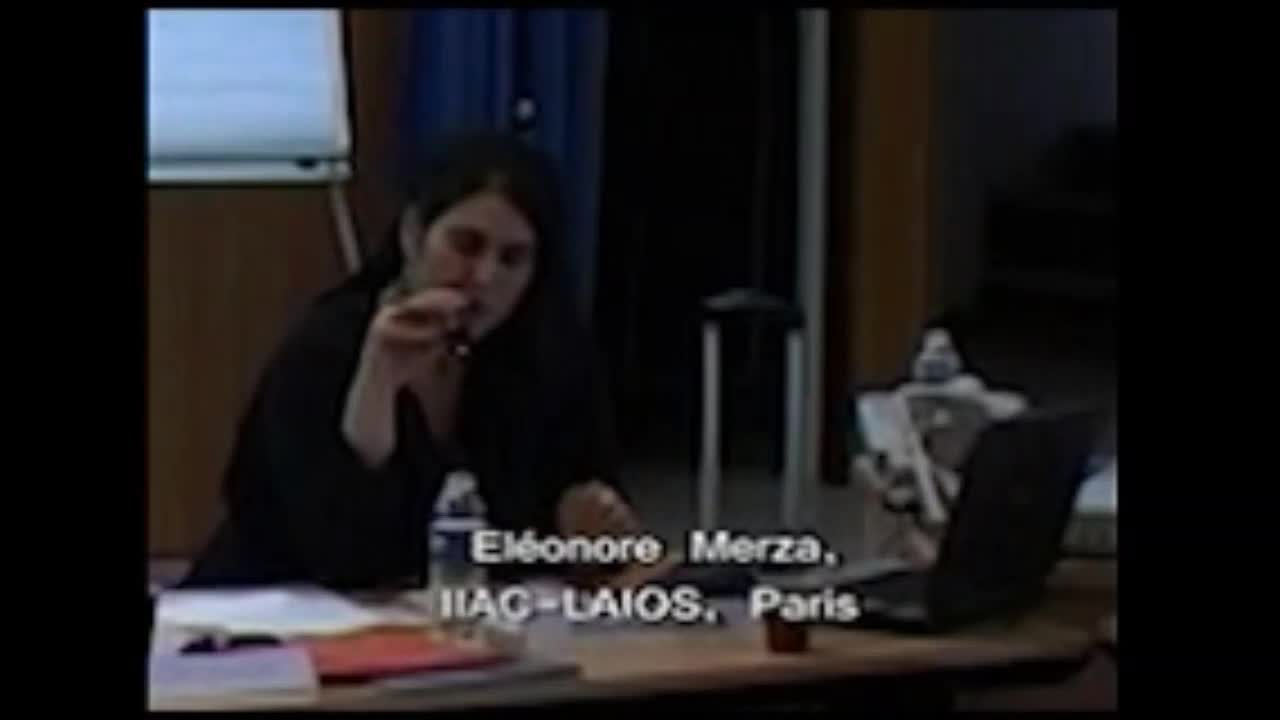
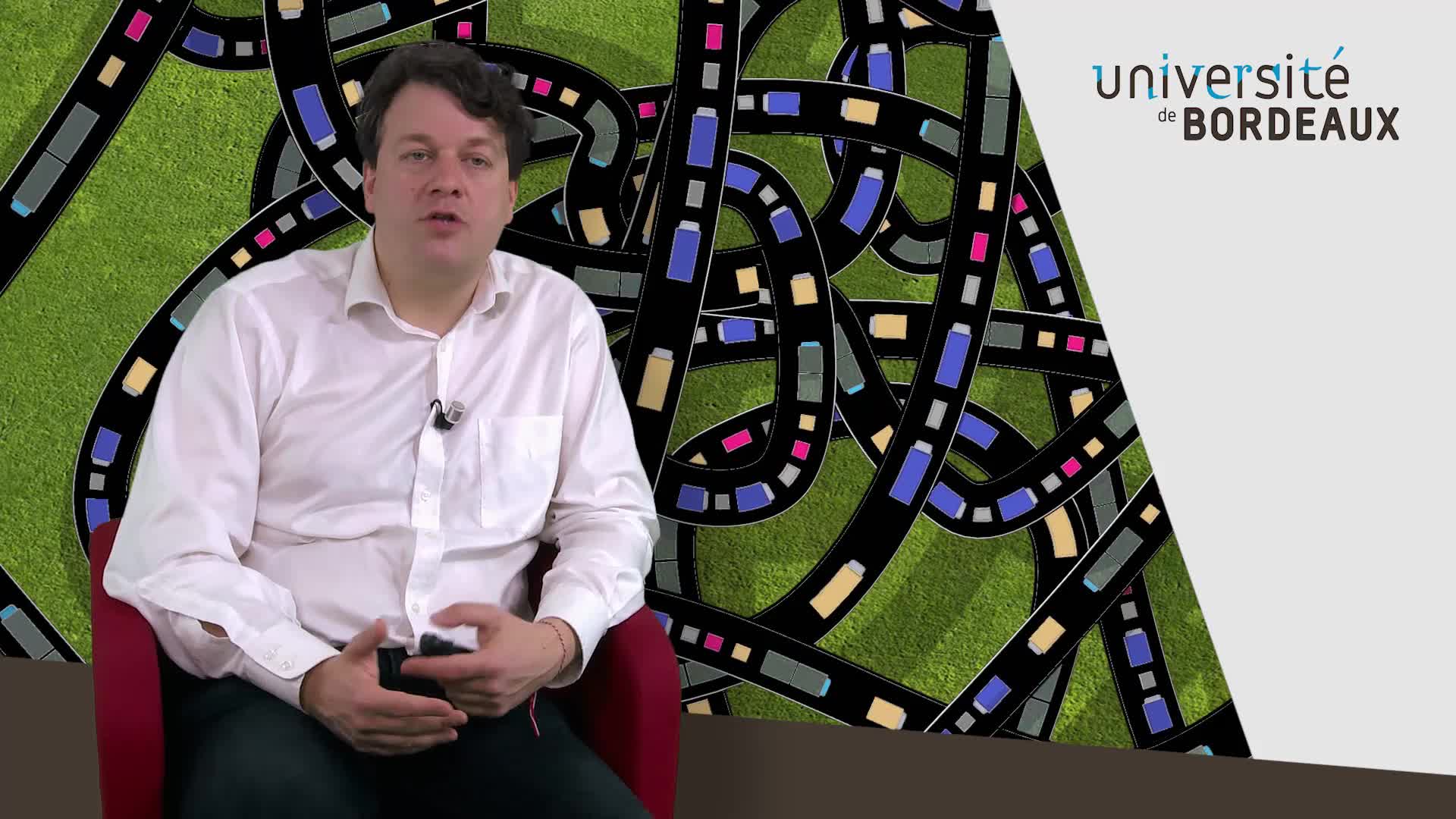
![[COLLOQUE] Festival de l’intelligence artificielle Avignon 2021 table ronde 1](https://vod.canal-u.tv/videos/media/images/universite_d_avignon_et_des_pays_de_vaucluse/.colloque.festival.de.l.intelligence.artificielle.avignon.2021_64135/vignette.jpg)
![[COLLOQUE] Festival de l’intelligence artificielle Avignon 2021 table ronde 3](https://vod.canal-u.tv/videos/media/images/universite_d_avignon_et_des_pays_de_vaucluse/.colloque.festival.de.l.intelligence.artificielle.avignon.2021.table.ronde.3_64809/vignette.jpg)
![[COLLOQUE] Festival de l’intelligence artificielle Avignon 2021 introduction](https://vod.canal-u.tv/videos/media/images/universite_d_avignon_et_des_pays_de_vaucluse/.colloque.festival.de.l.intelligence.artificielle.avignon.2021.introduction_64815/vignette.jpg)
![[COLLOQUE] Festival de l’intelligence artificielle Avignon 2021 Présentation de La chaire LIA Avignon](https://vod.canal-u.tv/videos/media/images/universite_d_avignon_et_des_pays_de_vaucluse/.colloque.festival.de.l.intelligence.artificielle.avignon.2021.presentation.de.la.chaire.lia.avignon_64811/vignette.jpg)
![[COLLOQUE] FrenchTech Grande Provence & LIAvignon : L’IA de demain 2em partie](https://vod.canal-u.tv/videos/media/images/universite_d_avignon_et_des_pays_de_vaucluse/.colloque.frenchtech.grande.provence.liavignon.l.ia.de.demain.2em.partie_64819/vignette.jpg)
![[COLLOQUE] Festival de l’intelligence artificielle Avignon 2021 table ronde 2](https://vod.canal-u.tv/videos/media/images/universite_d_avignon_et_des_pays_de_vaucluse/.colloque.festival.de.l.intelligence.artificielle.avignon.2021.table.ronde.2_64807/vignette.jpg)